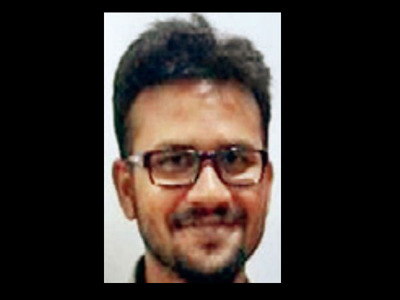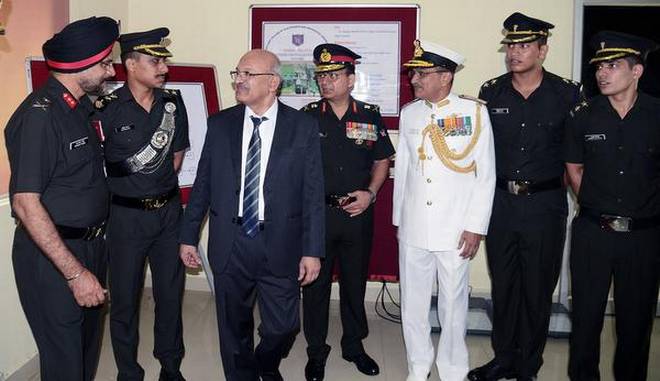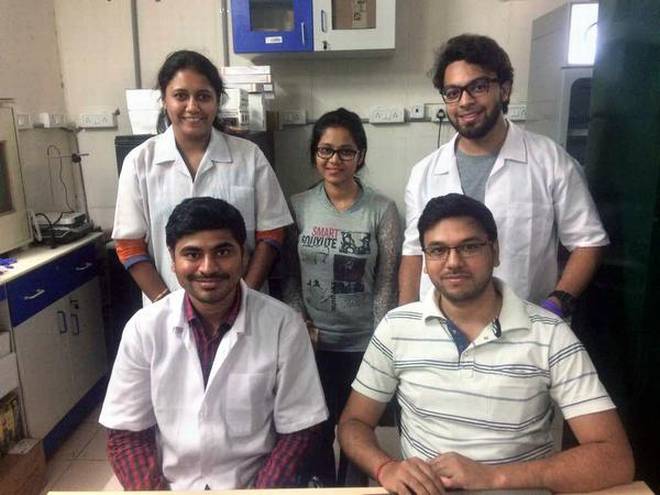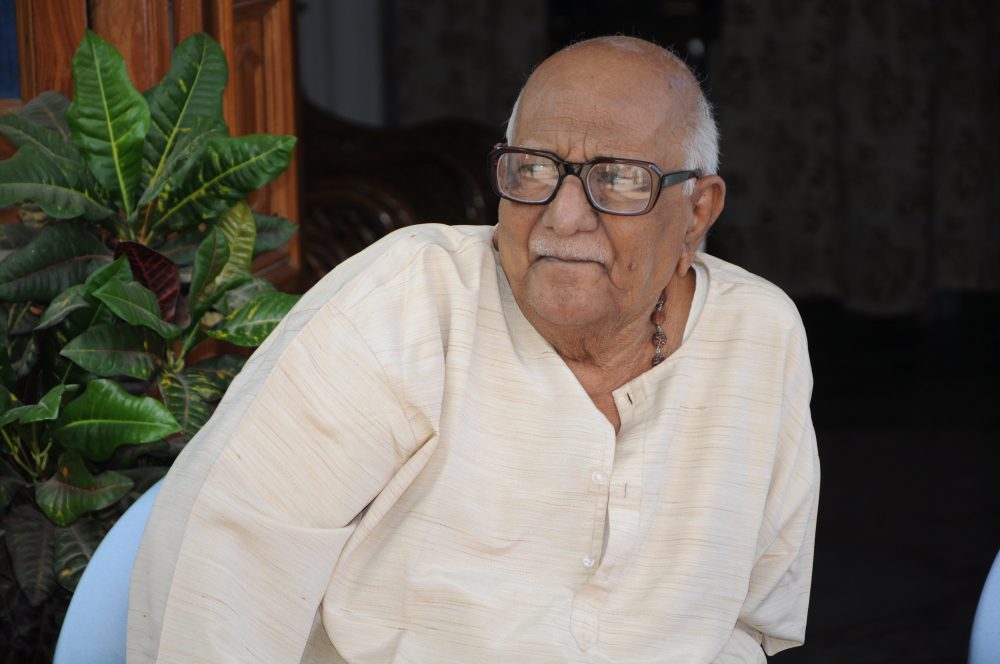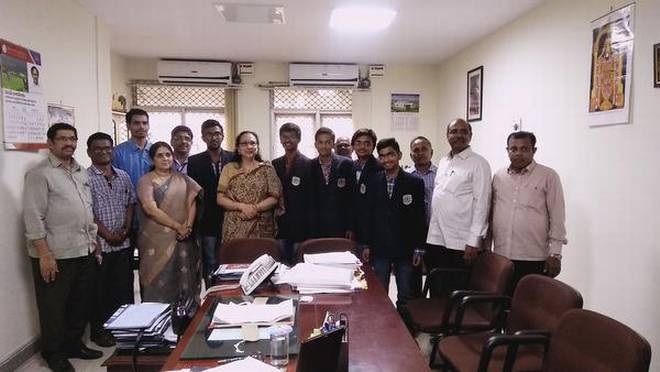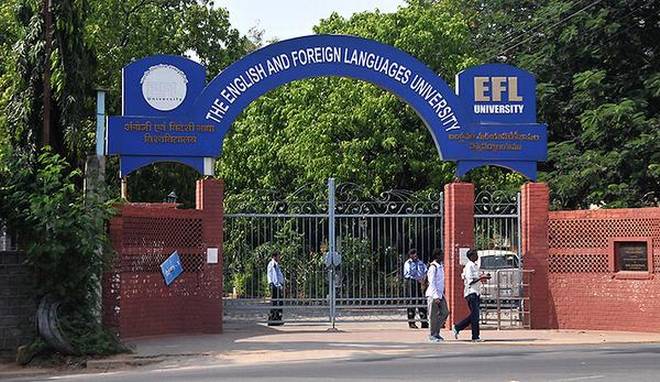The logo designed by a 27-year-old city youth will adorn India’s first high speed rail network project, namely the bullet train connecting Mumbai and Ahmedabad. Chakradhar Aalla, a resident of Lakdi-ka pul, bagged the first prize in the logo designing contest held by the National High Speed Rail Corporation Limited (NHSRCL).
At a function organised in New Delhi on Wednesday Chakradhar was presented Rs 1 lakh by renowned architect and painter Satish Gujral, who also headed the judges’ panel in the contest. It took Chakradhar three weeks to design the logo.
Chakradhar, a second year PG graphic designing student at the National Institute of Design (NID) in Ahmedabad, said, “It was a very encouraging experience and a great learning opportunity for me. I found a whole new platform for creative exploration.” He had earlier graduated in architecture from the National Institute of Technology (NIT) in Trichy.
The Cheetah-inspired design indicates the high speed of the bullet train. The symbolic portrayal represents the movement of the bullet train as it charges through all the stations aerodynamically. The dots connected with the train at the top of the logo symbolises the services of the NHSRCL, which unlike other high speed rail services, also caters to short distance travellers with several halts. Blue, red and grey colours have been used in the design process to signify safety, speed and comfort respectively.
Chakradhar’s father Aalla Sivakoti Prasad said, “I feel proud that my son was awarded by a legendary person like Gujral. It is a great opportunity to be associated with an organisation like NHSRCL. May he achieve success in fulfilling his dream of making learning enjoyable for schoolkids to help improve education standards.”
source: http://www.timesofindia.indiatimes.com/ The Times of India / News> City News> Hyderabad News / TNN / October 26th, 2017
